内容目录
在开发Web应用时,后端接口经常需要接收多个对象参数。这些参数可能来自表单提交、JSON请求体等不同来源。本文将详细介绍如何在Java后端实现接收多对象参数的请求,并提供一些常见的问题及其解决方案。希望本文能为读者提供实用的参考和指导。💡
一、为什么需要接收多对象参数? 🤔
在实际开发中,前端可能会发送包含多个复杂对象的数据给后端。例如,一个订单可能包含客户信息、商品列表、支付信息等多个对象。如果每个对象都单独发送请求,不仅会增加网络开销,还会使代码变得冗余。因此,接收多对象参数的请求是一种常见的需求。
二、接收多对象参数的实现方法 🛠️
1. 使用JSON请求体
最常用的方法是通过JSON请求体传递多个对象。前端将多个对象序列化为JSON字符串,后端通过解析JSON字符串来获取这些对象。
2.1 前端示例
假设我们有一个订单对象,包含客户信息和商品列表:
{
"customer": {
"id": 1,
"name": "张三",
"email": "zhangsan@example.com"
},
"items": [
{
"id": 1,
"name": "商品A",
"price": 100
},
{
"id": 2,
"name": "商品B",
"price": 200
}
]
}2.2 后端示例
首先,定义对应的Java类:
public class Customer {
private int id;
private String name;
private String email;
// Getters and Setters
}
public class Item {
private int id;
private String name;
private double price;
// Getters and Setters
}
public class OrderRequest {
private Customer customer;
private List<Item> items;
// Getters and Setters
}然后,在Controller中接收请求:
import org.springframework.web.bind.annotation.PostMapping;
import org.springframework.web.bind.annotation.RequestBody;
import org.springframework.web.bind.annotation.RestController;
@RestController
public class OrderController {
@PostMapping("/order")
public String createOrder(@RequestBody OrderRequest orderRequest) {
Customer customer = orderRequest.getCustomer();
List<Item> items = orderRequest.getItems();
// 处理订单逻辑
// ...
return "订单创建成功";
}
}2. 使用@RequestParam和@ModelAttribute
除了JSON请求体,Spring MVC还提供了@RequestParam和@ModelAttribute注解来接收多对象参数。
2.1 前端示例
假设我们有两个表单字段,分别表示客户ID和商品ID:
<form action="/order" method="post">
<input type="text" name="customerId" placeholder="客户ID">
<input type="text" name="itemIds" placeholder="商品ID(逗号分隔)">
<button type="submit">提交</button>
</form>2.2 后端示例
首先,定义对应的Java类:
public class OrderForm {
private int customerId;
private List<Integer> itemIds;
// Getters and Setters
}然后,在Controller中接收请求:
import org.springframework.web.bind.annotation.PostMapping;
import org.springframework.web.bind.annotation.RequestMapping;
import org.springframework.web.bind.annotation.RestController;
@RestController
@RequestMapping("/order")
public class OrderController {
@PostMapping
public String createOrder(@ModelAttribute OrderForm orderForm) {
int customerId = orderForm.getCustomerId();
List<Integer> itemIds = orderForm.getItemIds();
// 处理订单逻辑
// ...
return "订单创建成功";
}
}三、常见问题及解决方案 ❗
1. JSON请求体解析失败
问题描述:前端发送的JSON请求体格式不正确,导致后端解析失败。
解决方案:
- 确保前端发送的JSON字符串格式正确。
- 使用Postman等工具测试API,确保请求体格式无误。
- 在后端添加异常处理,捕获并处理JSON解析异常。
import org.springframework.http.HttpStatus;
import org.springframework.http.ResponseEntity;
import org.springframework.web.bind.annotation.ExceptionHandler;
import org.springframework.web.bind.annotation.RestControllerAdvice;
@RestControllerAdvice
public class GlobalExceptionHandler {
@ExceptionHandler(value = {JsonProcessingException.class})
public ResponseEntity<String> handleJsonProcessingException(JsonProcessingException ex) {
return new ResponseEntity<>("JSON解析错误: " + ex.getMessage(), HttpStatus.BAD_REQUEST);
}
}2. 表单参数绑定失败
问题描述:使用@RequestParam或@ModelAttribute注解时,表单参数绑定失败。
解决方案:
- 确保表单字段名称与后端参数名称一致。
- 使用@RequestParam注解指定参数名称。
- 使用@ModelAttribute注解绑定复杂对象。
@PostMapping
public String createOrder(@RequestParam("customerId") int customerId,
@RequestParam("itemIds") List<Integer> itemIds) {
// 处理订单逻辑
// ...
return "订单创建成功";
}3. 性能问题
问题描述:处理大量数据时,性能下降。
解决方案:
- 优化数据库查询,使用索引和分页。
- 使用异步处理,减轻主线程压力。
- 使用缓存技术,减少数据库访问次数。
import org.springframework.scheduling.annotation.Async;
import org.springframework.web.bind.annotation.PostMapping;
import org.springframework.web.bind.annotation.RequestBody;
import org.springframework.web.bind.annotation.RestController;
@RestController
public class OrderController {
@Async
@PostMapping("/order")
public String createOrder(@RequestBody OrderRequest orderRequest) {
Customer customer = orderRequest.getCustomer();
List<Item> items = orderRequest.getItems();
// 异步处理订单逻辑
// ...
return "订单创建成功";
}
}四、总结 📝
通过本文的介绍,相信读者对Java后端接收多对象参数的请求有了更深入的了解。无论是使用JSON请求体还是表单参数绑定,都有其适用的场景。合理选择和优化,可以提高系统的稳定性和性能。希望本文能帮助读者更好地开发高质量的Web应用。🌟
参考资料 📚
希望这篇文章对您有所帮助!如果有任何问题或建议,欢迎留言交流。😊




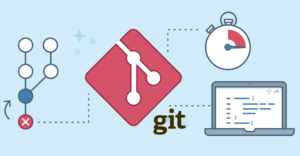

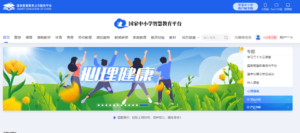


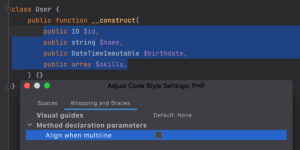







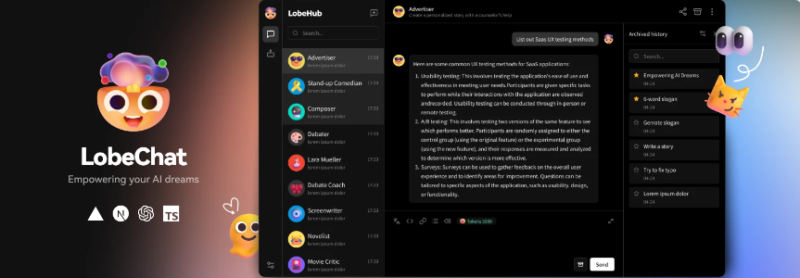
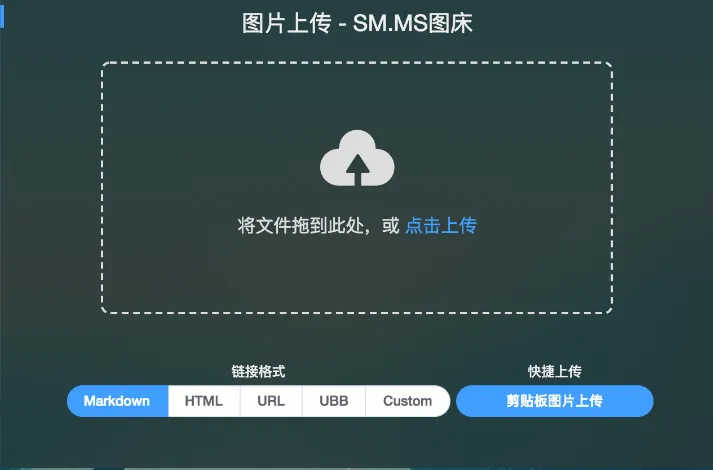
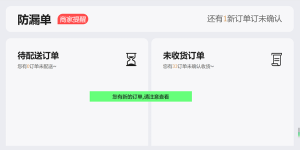
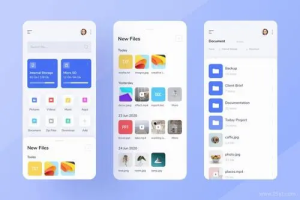


















暂无评论内容